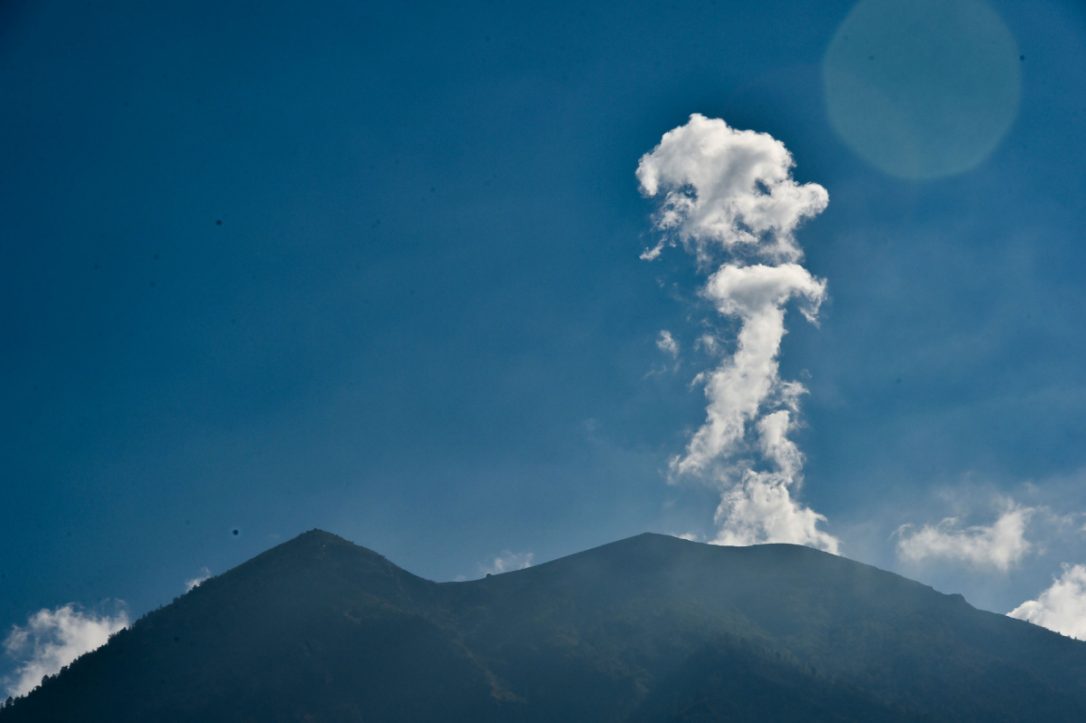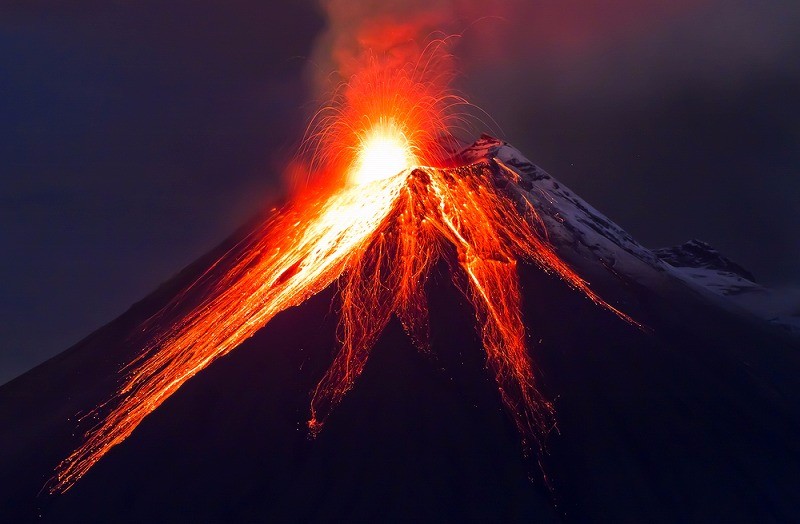Surprisingly, many responded that on the threshold of death, they did not feel any pain or regret, but experienced a kind of excitement, as if they had been liberated from their physical bodies. Some said that they had seen a tunnel of light and some reported seeing other beings.
It is likely that many people are familiar with these kinds of stories, known by experts as Near Death Experiences (NDEs).
The existence of NDEs raises a problem for contemporary understanding of the mind, as modern science holds that the mind is a product of neurochemical reactions, rather than an entity independent of the brain and at times able to separate from the physical body. The NDE phenomenon suggests that a human being not only has a body but also has a soul. Naturally, scientists have diverse opinions with regard to the existence of the soul as an individual entity.
One study that probed into this matter was performed by medical doctor Duncan MacDougall of Haverhill, Massachusetts, in 1907. MacDougall worked with six patients who were all in a critical condition. He weighed them at the moment just before death, and then immediately following their departure.
The results, published in contemporary medical journals, found that the patients lost an average of 21 grams (about 0.74 oz.) at the precise moment of death. Dr MacDougall reached the conclusion that this difference was the weight of the human soul, a curious fact made famous in the 2003 movie “21 Grams.”
Nowadays this study is given little consideration, dismissed as nothing more than an anecdote in scientific circles, since detractors say that measurement errors caused by several factors could have occurred. Yet, so far no one has repeated the experiment either to confirm or refute it.
The “reductionist” is by nature skeptical of the existence of the possibility of an independent consciousness. Scientist Francis Crick—who shared the Nobel Prize with James Watson in 1962 for discovering the double-helix structure of DNA—is probably the most well-known contemporary representative for this viewpoint.
In one study carried out over several years, Professor Crick affirmed that: “our minds—the behavior of our brains—can be explained by the interactions of nerve cells (and other cells) and the molecules associated with them.”


































